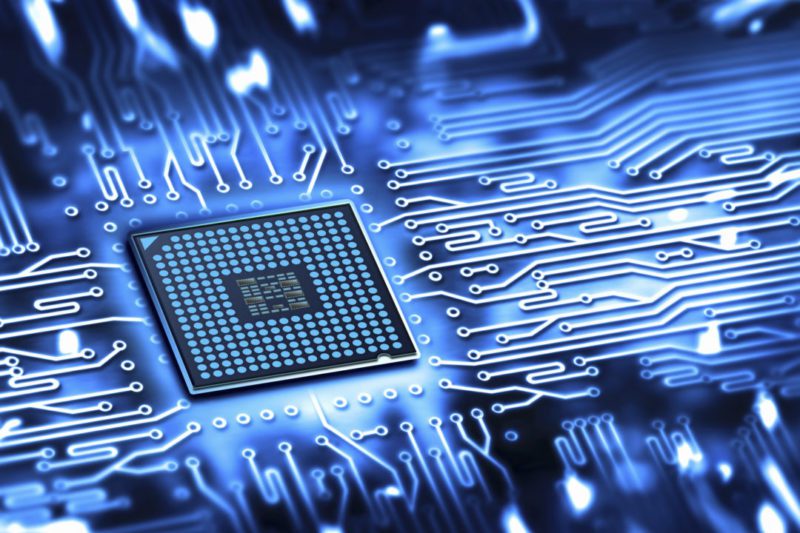Electronics have come a long way over the past decade. In order to work correctly, they often require a circuit to produce the appropriate electrical current.
Two types of circuits can be used in electronics, including analog and digital. Here, we’ll look at the differences between these circuits and how they affect the electronics industry.
(Guide) How do Analog & Digital Circuits Shape the Electronics Industry?
What is the Difference between Analog & Digital Circuits?
The role of a circuit is to control the direction of electrons in order to achieve the right output. There are two main types of circuits you can use, including Analog and digital.
Analog circuits are the most common types of circuits used for most electronic components. They typically include a combination of caps, amps, ops, and resistors, and they can be quite complicated. They are considered a lot tougher to design than digital circuits, and they can be a lot more susceptible to noise. If any minor changes occur within the Analog signal, it can also cause significant errors during processing.
A digital circuit is largely made up of logic gates and transistors. They are much simpler than Analog circuits to design and work with too. The majority of processors today use digital circuits. They work via digital signaling using a binary scheme. Although these types of circuits are easier to create, they can be a lot more expensive than Analog circuits.
While these two circuit types are largely used alone, they can also be used in combination with one another. As a general rule, Analog circuits are used in high-voltage applications. To sum up, the main differences between Analog and digital circuits include:
- Analog circuits are created by hand, whereas digital circuits can be largely automated
- Digital circuits have a lot more elasticity
- Analog signals can be processed directly from the real world
- Digital circuits need to transfer Analog signals from the real world, into digital signals
What Role does MOSFET Play?
Whether you’re working with Analog or digital circuits, MOSFETs are often used alongside them. Short for Metal Oxide Semiconductor Field Effect Transistor, MOSFETs are controlled via voltage.
They contain a drain, gate, and source terminal. When voltage is applied to the gate, it creates an electrical field that successfully controls the flow of the current. This then flows through the drain and source terminals. It’s possible to use a MOSFET as a switch, although this can be a complex process.
You’ll also find there are several different types of MOSFETs on the market. They include N-Channel, Logic-Level, and Enhancement MOSFETs. While they play an essential role in Analog and digital circuits, they’re surprisingly affordable from RS Components.
The Future of the Electronic Circuit Industry –
According to some experts, Moore’s law is starting to come to an end. This means innovation within the electronic circuit industry is now going to be limited. The main reason for this is because the cost of fitting single transistors has dramatically risen. Transistor development is slowing down, but the focus is starting to move towards improving the speed and power of existing transistors.
So, while we won’t see an influx of new transistors being introduced onto the market, we will start to see improvements in how they perform.
As you can see, there are key differences between Analog and digital circuits. The above are just some of the differences to be aware of, alongside what you can expect from the future of electronic circuits. Before attempting to design or work with electronic circuits, it’s essential to do your research, so you know exactly what you’re doing.







![[LISTS] Best Chat GPT App for iPhone – Can You Handle the Suspense? Best Chat GPT App for iPhone](https://www.techinpost.com/wp-content/uploads/Best-Chat-GPT-App-for-iPhone-324x235.png)
